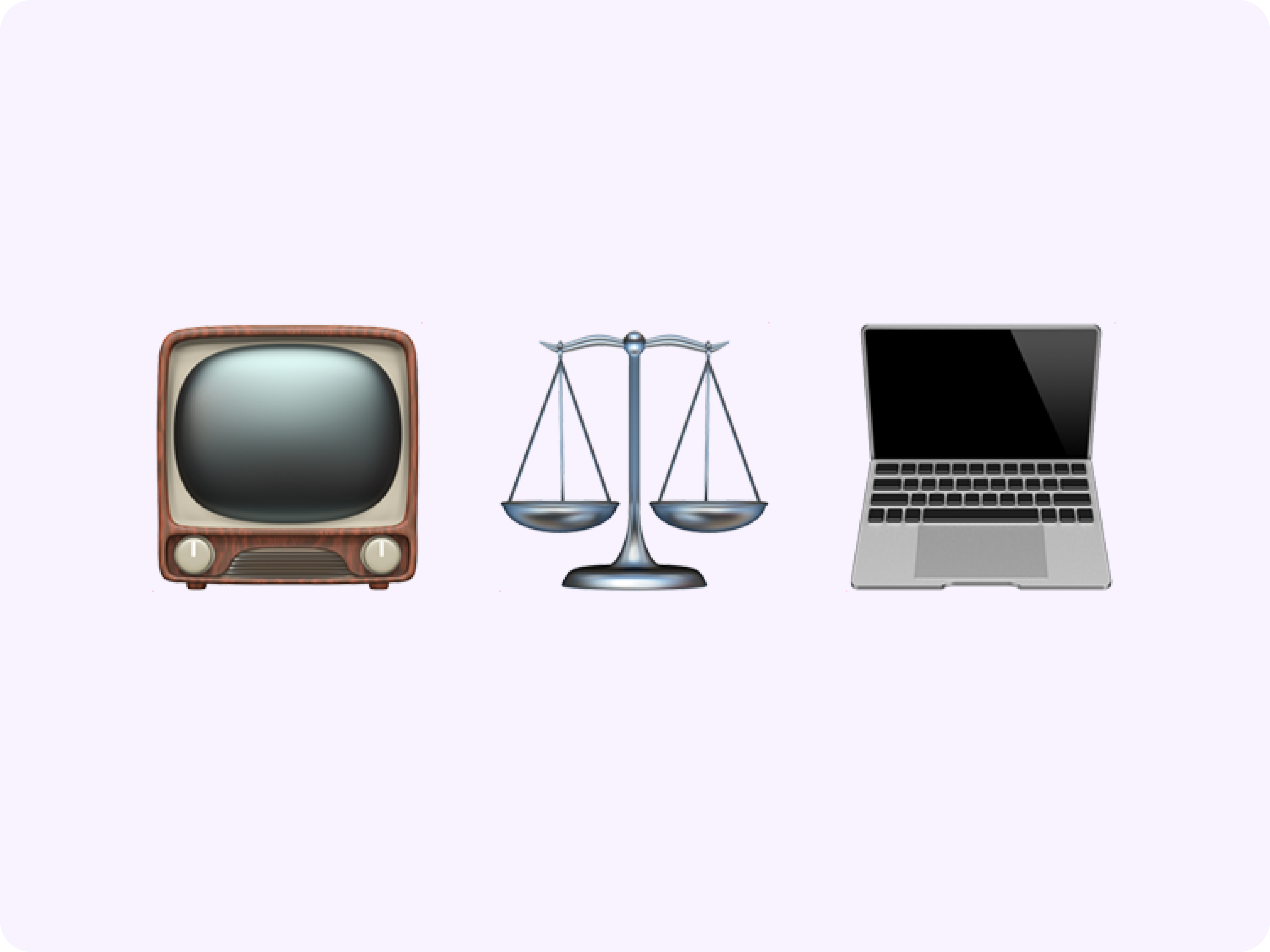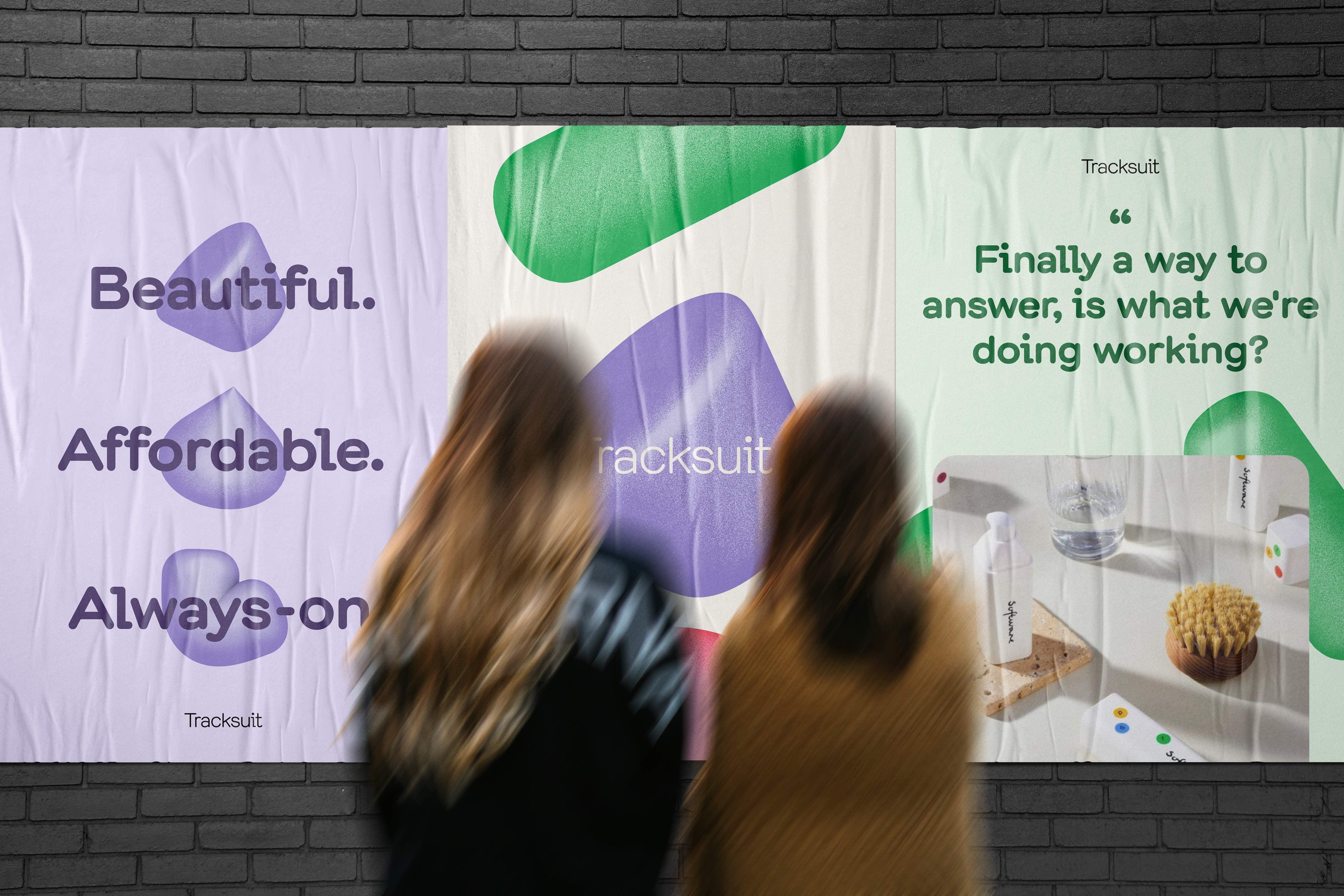Brand ROI demystified: 4 expert tips from MKT1’s Emily Kramer

Hot take: As a brand marketer, your toughest audience isn’t your future customers — it’s your internal team. Maybe your CFO is asking you to do more with less budget, or your CEO is wondering why your new customer count hasn’t 10X’d overnight. At any moment, chances are high that someone in upper management is asking you for explanations.
And we can hardly blame them. Unlike performance marketing — which generates ROI almost annoyingly fast — brand marketing returns sometimes take longer to show up downstream. This makes its success harder to track and, in turn, sell to stakeholders.
Fortunately, there are proven ways to fix this dilemma. To get buy-in for your brand marketing efforts, you need to decode them for everyone in your organization. This comes down to two steps: measuring the impact of your efforts with a data-backed approach and using that data to tell a brand story.
We sat down with Emily Kramer, opens in new tab, marketing expert and founder of the MKT1 Newsletter, opens in new tab, as well as trusted advisor to many high-growth brands, to get her expert take on how to make this happen. Here are her four savvy strategies for proving the ROI of your brand marketing investments.
1. Explain the power of branding in terms that click with stakeholders 💡
Stakeholders often expect brand-building to follow a quick, straightforward trajectory. In their eyes, campaigns typically equal instant conversion spikes. This misconception has long been frustrating to brand marketers who may see their work’s value as self-evident.
“In my nearly 20 years in the industry, measuring and proving brand-building ROI hasn’t gotten any easier,” Emily says. “Attribution tools are helping, but they don’t always show enough to ease very real concerns about the impact branding makes."
That’s why Emily recommends skipping the marketing lingo and reframing stakeholder conversations in their terms. This approach will explain the slower ROI build and compel stakeholders to keep betting on your efforts.
Her favorite hack? Explain that marketing teams operate more like product teams than sales teams.
This tactic seems deceptively simple, but Emily’s seen it inspire many “aha” moments in boardrooms. Think about it: Unlike sales teams, who are always focused on quarterly revenue, marketing and product teams need to juggle short-term and long-term wins. And, in marketing specifically, that means balancing campaigns that may not drive immediate results on pipeline or revenue this quarter with those efforts that will.
Emily also recommends backing up your campaign pitches with user-friendly reports on brand health. Complex spreadsheets lose people fast, but compelling data visualizations — or even just clean, clear graphs — appeal to CEOs and CFOs alike.
When the marketing team at the popular leak-proof period underwear brand Modibodi needed to convince their executive team to invest in a Gen Z awareness campaign, they used beautiful data visualizations to get the green light. Stakeholders bought the pitch, and the resulting campaign, opens in new tab garnered millions of views.
"Founders and CEOs often think brand marketing works like sales — input this, output that. I like to remind them that it’s actually a good thing that branding is less linear and more future-oriented."
2. Prioritize big marketing bets that impact your growth trajectory 🚀
Planning out your next batch of marketing initiatives is a little bit like being a kid in a candy store. The temptation to chase *all* the things is very real.
But Emily cautions against “random acts of marketing.” Realistically, you won’t have the bandwidth to pursue every idea or tactic, let alone prove its value. Plus, a lack of focus can muddy your argument to stakeholders.
“I prefer to zoom in on three or four big, brand-building initiatives per year — that must all promise to drive long-term growth,” Emily advises. “Then, I explain the growth plan ad nauseam to everyone in the organization.”
In addition to driving actual growth, cherry-picking your biggest marketing drivers will give stakeholders all the clarity they need to believe in your next steps.
If you’re looking for a best-in-class example of a brand that leverages powerful, above-the-line marketing campaigns, Emily says to look no further than Airbnb.
Here’s the TL;DR: The legendary vacation rental company recently decided to deprioritize performance marketing and double down on building Future Demand. This meant less search marketing and pay-per-click (PPC) and more attention-grabbing, out-of-home (OOH) advertising.
In their recent Icons campaign, opens in new tab, for example, Airbnb announced it would offer guests the chance to purchase fantastical, cultural experiences — like staying in an IRL version of the “Up” house or spending a night in the Musée d’Orsay’s famous clock room. The product launch generated instant buzz by showcasing how Airbnb pushes the boundaries of what counts as a “stay.”
And, since getting a little extra with their marketing efforts, Airbnb has enjoyed consistent year-on-year revenue growth and jumped to a brand awareness level of 86% — up 3% from the previous year and on par with the likes of Hilton. “With success metrics like that, it’s hard to imagine their executive team questioning the efficacy of branding,” Emily says.

3. Track your brand health data — and weave it into a compelling story 📖
Once you’ve named your top-priority initiatives, you’ll still need a creative and data-backed justification for pursuing them.
“To get more budget for big brand initiatives, you need a consistent and clear way to share data,” Emily says.
She recommends assembling a range of metrics to present to your internal team. See where your brand stacks up on key benchmarks — like aided and unaided awareness, preference, and brand association, to name a few. Then, explain how every proposed campaign will drive improvements in each area.
That said, Emily admits that collecting and translating this data into actionable insights is easier said than done. To make the process as straightforward as possible, let a brand health dashboard do the work for you. The most bespoke tools on the market will give you 360-degree visibility into every metric and automatically convert the numbers into insightful reports.
The celebrated womenswear brand M.M.LaFleur used such a dashboard to spin their brand health data into a convincing growth narrative for their stakeholders. It went like this 👇
- The raw data showed that their brand awareness was high, but consideration was low.
- The brand marketing team concluded consumers didn’t realize M.M.LaFelur sold everyday clothes (in addition to the workwear that made them famous).
- The team artfully broke down the data to their stakeholders, explaining it in terms of a big-picture takeaway.
The result? They won buy-in to invest in an eye-catching re-education campaign designed to highlight their casualwear line and move shoppers down the funnel.
“Don’t make one or two high-level metrics do all the work. Your dataset should be broad enough to create a narrative around where you are and where you want to be."
4. Set and share your KPIs to stay accountable 📈
Everyone knows the story doesn’t end when the dollars have been allocated. To win (and keep) your stakeholders’ trust, you need to quantify the precise ROI splash you intend to make with every initiative — and hold yourself to it.
Start by setting a carefully curated selection of business-specific KPIs. “Consistency on the data you share helps your team get on the same page and enables you to compare results over time,” Emily says.
She suggests setting KPIs around both top-of-funnel metrics — like web traffic, new user sessions, and conversion rates — as well as long-term revenue targets, like year-on-year sales revenue growth and customer retention rates. Setting KPIs will demonstrate how your awareness-based efforts start to trickle downstream.
And, if you arm yourself with a brand health dashboard, you should also set KPIs around more subtle (but equally important) metrics like awareness, association, and preference. While brand health data isn’t directly linked to revenue, it still gives you and your team a sense of how quickly you’re hurdling toward those more tangible results.
Take it from Australia and New Zealand’s largest experience network, Big Red Group (BRG). They set a strategic combo of brand health and revenue-based KPIs and shared it with their extended internal team to align on strategy.
And when it came time to measure their progress, the results were surprising. BRG discovered that moving the needle on brand health metrics through their top-of-funnel marketing also drove down the CPAs and CPCs on their performance marketing channels.
As it turned out, brand marketing wasn’t just profitable in and of itself — it improved each and every marketing effort. Needless to say, stakeholders were impressed.

Show hard-earned brand marketing ROI with Tracksuit 🎽
After years of navigating tricky conversations with wary CEOs and CFOs, Emily values what a brand-tracking tool can do for a growing brand. She recommends Tracksuit to any marketer looking for a low-lift, “always-on” way to prove their brand-building efforts.
Brand health has always been a slippery category that resists traditional measurement — but Tracksuit cracked the code. As Emily puts it, “Tracksuit standardized brand health tracking and invented an entirely new way to change your customers’ behaviors.”
In fact, Tracksuit’s innovative approach to a major industry pain point inspired Emily to join the company as an investor and advisor.
By taking her word for it and testing it for yourself, you’ll be in good company. Modibodi, M.M.LaFleur, Big Red Group, and legions of other industry-leading brands use Tracksuit to:
- Survey thousands of people about their brand perception
- Decide precisely where to put their marketing dollars
- Gain nonstop, 360-degree visibility into their brand health
- Unlock hidden brand insights and growth opportunities
- Win buy-in from every stakeholder.
"Tracking your brand health has traditionally been very messy and very expensive. Tracksuit has managed to build a simple, elegant, and surprisingly cost-effective solution that makes it look easy."








